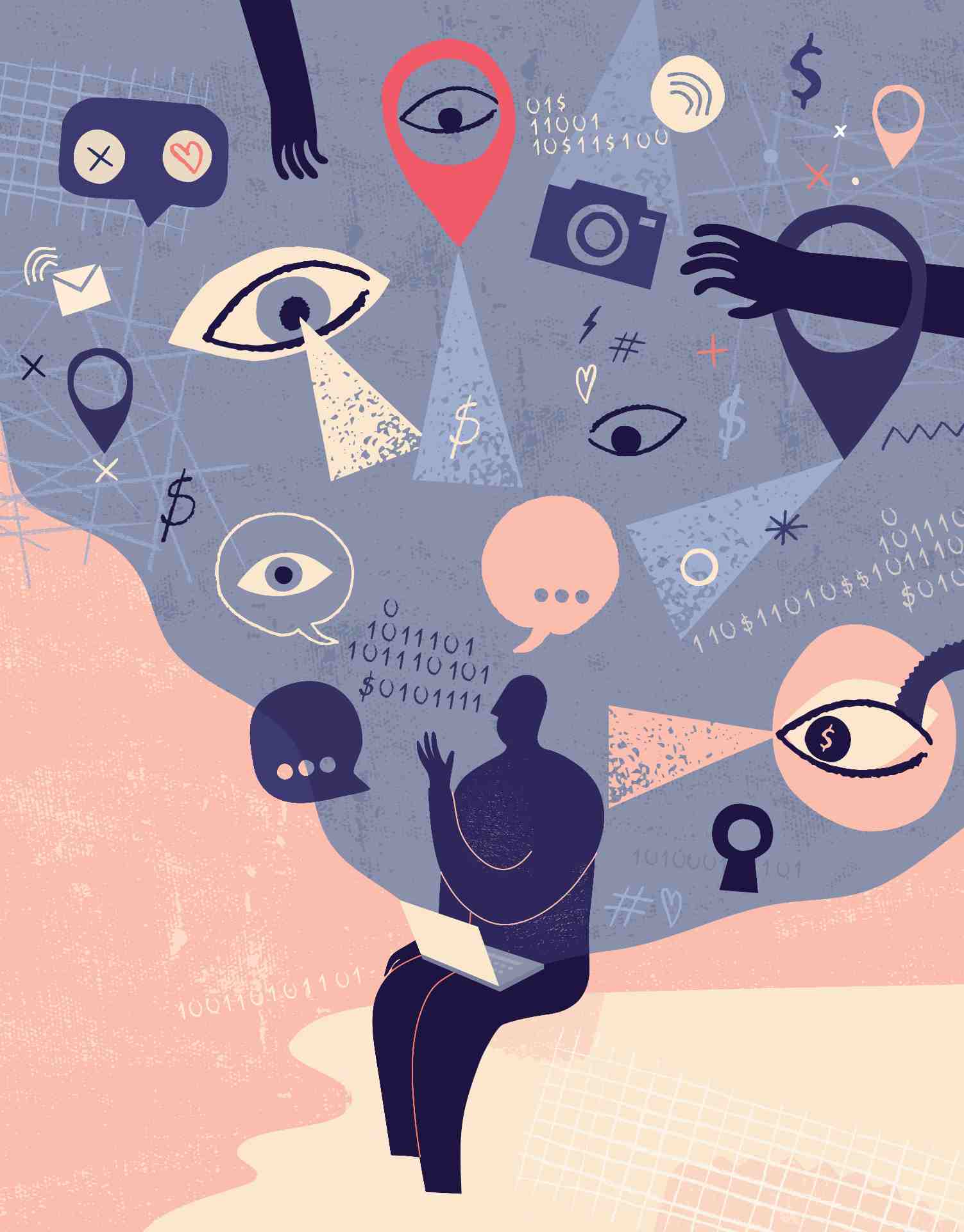There are insignificant things that can get on our nerves, upsetting us to the point of losing control of our emotions. This is something that happens with those little inconveniences that we experience every day and that have a lot to do with irritability at work. There’s a limit to our patience, so what happens when the incessant drip of annoyance pushes us over the edge? Let’s explore the professional skills needed to manage it properly.
What will I read about in this article?
Triggers for irritability at work
Even people who love their work have some discontent. Even people who excel at their work have their share of worries. These seemingly insignificant micro-challenges can build up into a mountain of frustration, disturbing our peace of mind and undermining our efficiency. From the morning traffic that slows us down or the endless stream of emails that arrive at the last minute, to the murmur of conversations flowing around us. These day-to-day annoyances, though invisible and small, have the power to undermine our productivity.
It happens, for example, when we’re interrupted. You’ve muted notifications in Slack, Teams or Skype. You’ve put on your headphones and the Prelude from Bach’s Cello Suite No. 1 is playing in them. Your fingers are on the keyboard and the idea you have to write down in that blank document is finally taking shape in your mind.
Then it’s just at that moment that you feel a little tap on your shoulder. You turn around and there’s your colleague asking if you have a minute to talk about a matter of some urgency. When he leaves, so does that transcendental thought and any sense of well-being.
In this article we talked in depth about the good and bad sides of interruptions. This time we want to go further and discuss how irritability at work, a feeling of restlessness that often manifests itself in the form of frustration and agitation, affects our performance and mood.
While it can be a natural reaction to certain situations, persistent irritability can indicate deeper problems and have negative consequences for both the individual and the work team.

“Irritability at work affects our performance and our mood”.
An idea for managing irritability at work
When we suffer chronic stress or trauma, our brains rewire our anger circuits, explains neuroscientist R. Douglas Fields. In other words, when someone experiences constant stress and fear, they deplete their emotional resources, making them much more likely to become angry, even over seemingly insignificant situations.
Our emotional outbursts can be upsetting, not least because we often receive messages that anger is harmful, irrational and should be repressed. But anger is not inherently bad. And repressing it is not good for you or the people around you. In fact, learning to channel it can actually be helpful because “anger is the bodyguard of pain,” writes author David Kessler in this article.
Negative feelings at work – such as frustration, anger or fear – are normal. The effect or consequences of these emotions will depend on how leaders handle them, as they can make or break a good working environment and motivate or demotivate employees.
As this HBR article points out, people tend to control their emotions in two ways: by suppressing or re-evaluating them.
Suppression is what most people do: they hide their feelings and irritability at work. But this strategy actually leads to a number of negative outcomes for the individual: it hinders their relationships, generates more negative emotions and less social support, and affects their quality of life, their memory and even their blood pressure.
Given the negative impacts of suppression, one might think that fully expressing our emotions might be the most effective strategy. However, it isn’t the best idea either. Speaking unfiltered about what bothers us, rather than inspiring connection and motivation, is likely to convey fear and despondency to others.

Re-evaluating an emotional situation may be the most appropriate strategy in this case. It’s about changing the way we approach what bothers us from seeing it as a problem or a threat to seeing it as a challenge. This helps people to focus on the task at hand and to consider the steps they need to take in order to succeed.
“Changing the way we approach what bothers us from seeing it as a problem or a threat to seeing it as a challenge”.
Irritability at work can become a real torment if not handled correctly. But before succumbing to this modern method of torture, it is crucial to remember that even the most persistent drops of water can be redirected. We cannot avoid interruptions and setbacks, but we can control our reaction to them. Let’s turn every obstacle into a challenge, every frustration into a learning opportunity.
Sources:


